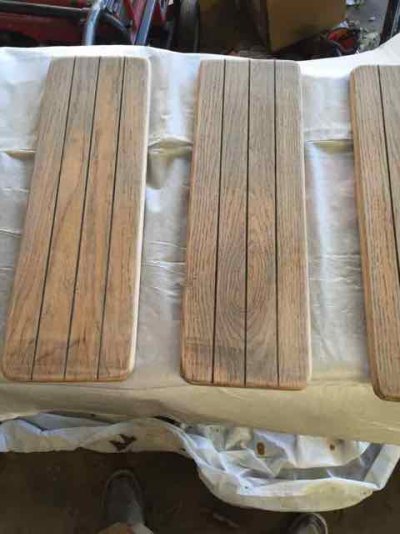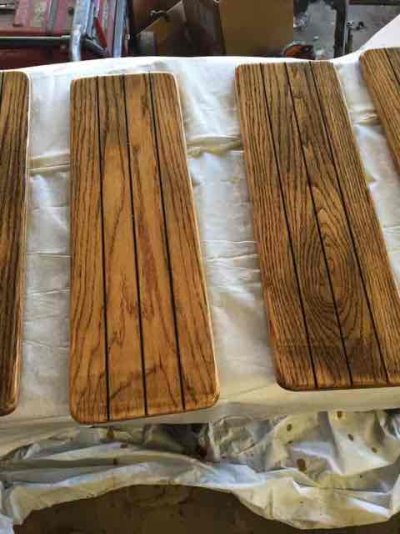clynn
Senior Member
I stripped, sanded, and started to varnish my steps this weekend (I know, slippery when wet). My question is did I mess up by not using a product to clean the teak? See the pictures below and how the step on the right is so dark. The picture was taken immediately after the first coat.
If i screwed up, if rather fix it now than look at it for years. Any experienced opinions?


If i screwed up, if rather fix it now than look at it for years. Any experienced opinions?



